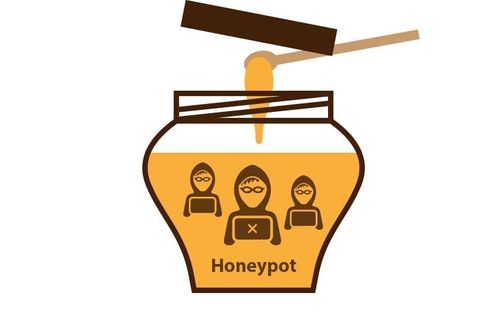In the world of digital marketing, using email is still a really effective way to reach out to your customers. But there's this sneaky problem called honeypot emails that can really mess up your email campaigns, no matter how well you've planned them. Honeypot emails are like hidden traps that can catch you off guard. It's super important to know about these traps and how to avoid them if you want to keep your email marketing on track. This detailed guide is all about explaining what honeypot emails are and showing how a tool like Email List Validation can be a big help. Email List Validation helps you dodge these traps by making sure your email list doesn't include these fake email addresses. This way, you can keep your marketing plans safe and make sure your emails really reach your customers.
Demystifying Honeypot Emails
Honeypot emails are essentially decoys set up by cybersecurity experts. They are fake email addresses, created not for communication but to trap spammers. Their role is significant in fighting cybercrime, but for legitimate marketers, they pose a substantial risk. Sending emails to these addresses could flag your messages as spam, damage your email deliverability, and potentially lead to blacklisting of your IP address.
Honeypot Emails vs. General Spam Traps
While all honeypot emails are a form of spam trap, not all spam traps are honeypots. General spam traps might be real, inactive email accounts used to identify potential spam sources. Continuously sending emails to these inactive accounts could signal that you’re not responsibly managing your email list.
On the other hand, honeypots are deliberately fabricated and are harder to identify. They are designed to look like legitimate email addresses, and sending an email to a honeypot can have more severe consequences, including stricter penalties and IP blacklisting.
Understanding the Mechanics of Honeypot Emails
Honeypot emails function as digital sensors for unsolicited email activities. When you inadvertently send an email to a honeypot, it triggers the trap, alerting cybersecurity experts. These experts then analyze the data, such as IP addresses and email content, to improve spam filters and security measures.
Honeypots play a vital role in enhancing email security protocols, but for email marketers, they represent a significant challenge. Being caught in a honeypot trap can lead to emails being blocked, marked as spam, and a severe dent in the sender’s reputation.
Strategies to Sidestep Honeypot Emails with Email List Validation
Routine Email List Maintenance:
Keeping your email list clean and updated is essential. Email List Validation effectively removes invalid or inactive addresses, reducing the likelihood of encountering honeypot traps.
Implementing Email Verification:
The email verification feature within Email List Validation ensures each email on your list is legitimate. This proactive step is crucial for avoiding honeypots.
Adopting Real-Time Verification:
Implementing real-time email verification at sign-up stages ensures every email added to your list is valid from the outset, further minimizing the risk of honeypots.
Monitoring Email Metrics:
Regularly tracking email metrics with a tool like Email List Validation helps identify potential issues early on, allowing for timely interventions to safeguard your campaigns.
Conclusion
As we move forward in 2023 and the years to come, Email List Validation is turning into a really important tool for anyone doing digital marketing or running a business. It's super helpful for dealing with the tricky issue of honeypot emails, which are fake email addresses used to catch spammers. By using Email List Validation, you make sure your email campaigns are actually reaching real people who are interested in what you have to say. This helps your business grow in a positive way. Getting on board with Email List Validation is a smart decision to make your email marketing more effective and secure. It's all about sending your emails to the right people and avoiding any problems that could come up with these honeypot traps.
Key Takeaway
In email marketing, it's super important to have a list of email addresses that's accurate and checked regularly. Using a tool like Email List Validation is key because it helps you steer clear of hidden traps known as honeypot emails, which can mess up your campaigns. These traps are fake email addresses set up to catch spammers. Email List Validation makes sure your emails go to people who actually want to read them, not to these traps. This tool is really important for making sure your email campaigns work well and help your business grow and succeed. It's like having a trusted helper to make sure your emails go to the right people and have the impact you want them to have.



